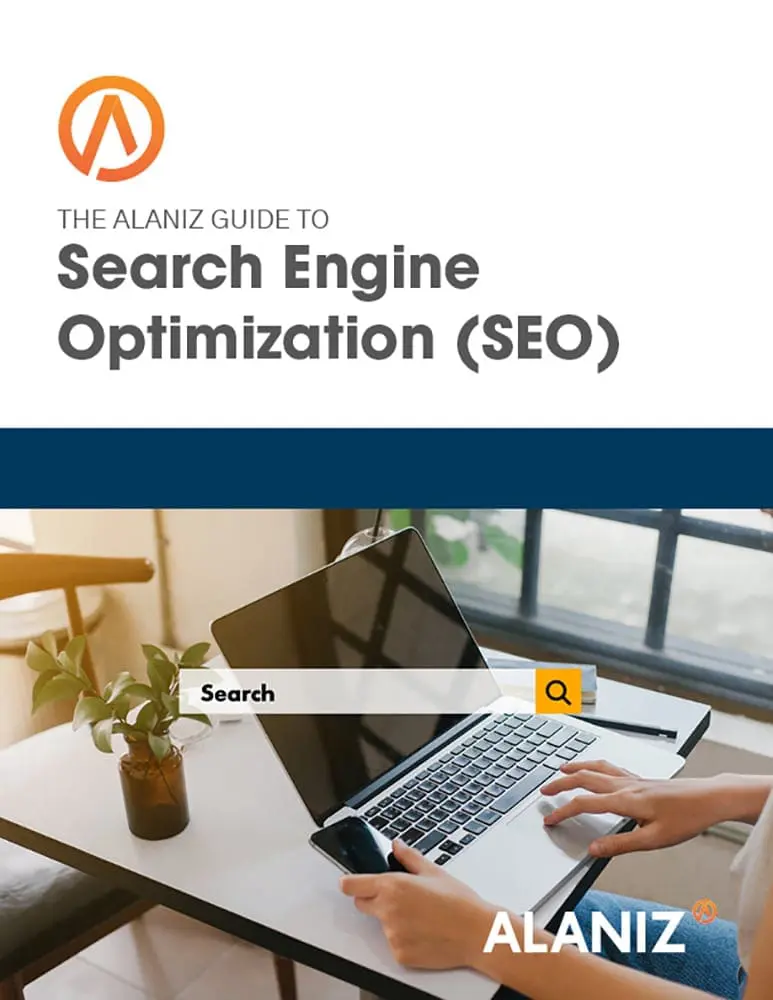This blog post is part of “The Ultimate Guide to SEO” blog series.
The search engine has fundamentally changed the way people shop and the way marketers try to reach them. Some 92 percent of people research online as the first step in their search for solutions to personal and business problems. Search engine optimization, SEO, is the process web developers and marketers use to position themselves to get found by people looking for a business like theirs. At the same time, Google and other search engines are constantly tweaking the way they analyze and rank web pages in search results, with the goal of delivering users the most relevant and useful content possible, making SEO a moving target.
While SEO used to be a matter of gamesmanship–trying to outsmart search engines with clever uses of keywords, that has become nearly impossible as search engine algorithms have become much more sophisticated. Search engines now use more than just keywords in assessing the value of a web page to users. Search engine audits can now help marketers understand how their sites perform for a variety of metrics that are known to be important in search engine rankings.
SEO Keyword and Tag Mistake
OK. Keywords still matter. Surprisingly, many sites are still using the techniques that search engines now penalize–the overuse of keywords, duplicate page titles, and page titles that do not signal what the page is about (example: “Products”–what kind of products?). Duplicate page titles are usually the result of carelessly cloning old pages to create new ones, and failing to update the on-page SEO signals. As a result, it looks to search engines like you have a bunch of duplicate pages, which is not an indicator of a strong website. Page titles are one of the first things that the search engine crawlers read, and duplicate page titles are negative SEO signals.
Along with duplicate titles, we often see dozens of duplicate meta descriptions–the descriptions shown in the search engine results. Crawlers don’t read the descriptions but people do, and having a lot of duplicate descriptions make your site look spammy.
Another ranking factor that is often overlooked is Alt tags–used to describe images. On their own, crawlers do not understand what is in the image unless you tell them. Using image Alt tags will help the crawlers understand your images. This can also help you rank in Google Image search, which can drive quality traffic.
Strong H1 tags are also important. The H1 tag is what crawlers look for when trying to understand your site. H1 tags need to be keyword rich and descriptive. They typically are bold and larger font to help the user as well.
Mobile Responsiveness
Google now ranks mobile responsiveness–the ability of a site to right-size for mobile displays, as one of the most important ranking factors. Because more people search on mobile devices than on desktops, the mobile experience is a big part of what users and Google will reward. In addition to scaling to mobile screens, mobile responsive sites reorganize things like call to actions and navigation buttons (making them larger), image sizes for faster loading speeds, and use linked phone numbers for tap-to-dial functionality, and turn off type-ahead features in forms so that when you’re trying to fill out a form it doesn’t overwrite your entry.
Google offers a free mobile friendly test to rate the mobile experience of your site, complete with a mobile usability report. Lots of companies that haven’t updated their sites in recent years get a message like this, “Not all page resources could be loaded. This can affect how Google sees and understands your page. Fix availability problems for any resources that can affect how Google understands your page.”
Site Speed
Speaking of site speed, this is an ever-more important factor on all devices. People expect web pages to load in 2-3 seconds. Slow loading times is a major reason why users abandon pages, and pages that are abandoned quickly are seen as unfriendly by Google and thus penalized. There are several tools available to measure page speed, including Google’s Page Speed Insights, the Pingdom Speed Test, and GTMextrix’s page analyzer.
If your site fails these tests (some give you a letter grade), fixing page speed issues can be complicated. In many cases, a number of JavaScript and CSS files are what slows down a site. The lack of browser caching can also be a problem. Large, uncompressed images can also be a drag on site speed. Solutions include best practices like enabling compression, leverage browser caching, and “minifying” CSS, JavaScript and HTML to make it more efficient.
Toxic Backlinks
Backlinks have long been a ranking factor for Google and search engines. The idea is that if lots of websites link to yours, yours must be pretty good. This launched all sorts of backlink spam–people posting links to their sites on blog comments on unrelated sites, for example–so now search engines look at the quality of the referring site to assess backlink quality as well as quantity.
Poor quality backlinks can have a serious negative effect on search engine results. One site we audited had thousands of backlinks from pornographic websites. This type of situation can cause your entire URL to be deemed toxic and permanently downgraded.
Mission Possible
As search engines have become more sophisticated, SEO becomes more challenging. While some of the basic on-page tactics like proper page titles and tags are still important, so are non-content oriented factors like mobile friendliness, site speed and performance, and the quality of backlinks. An audit should be able to tell you how your site performs, and what if anything needs to be fixed.




